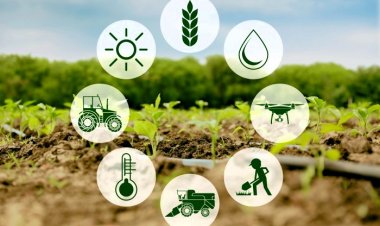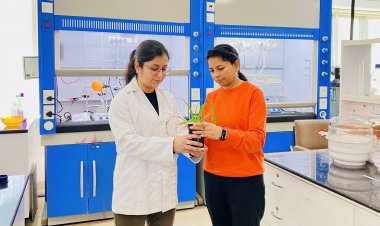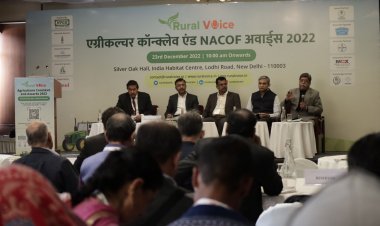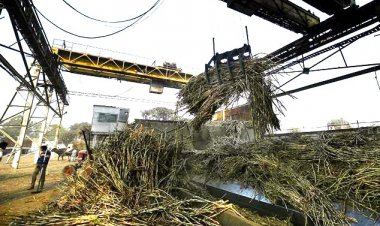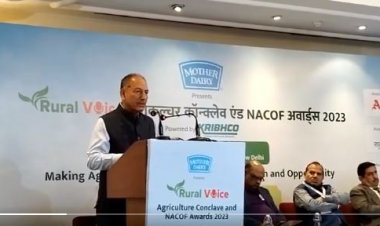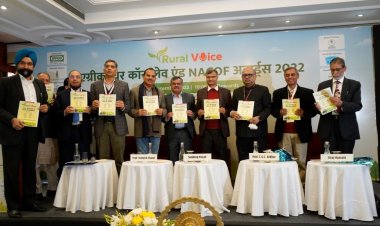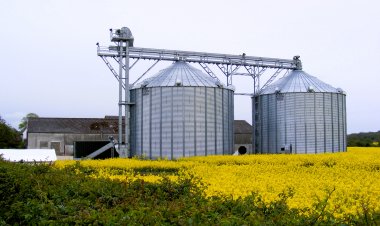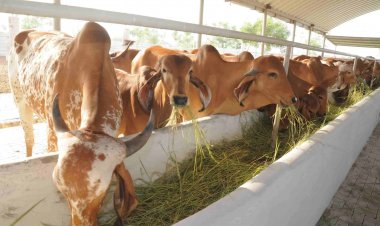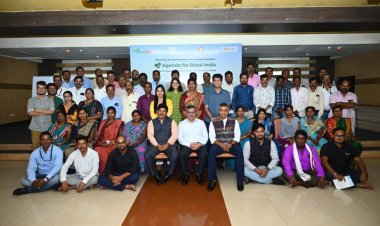Hydroponics: A huge leap towards practical, economical and sustainable farming
Hydroponics allows you to take a measured leap towards technically advanced, convenient, economically beneficial, and sustainable farming. You don’t have to incorporate all the possibilities in one go. You can take baby steps and find which of the futuristic techniques in farming suits you the best.
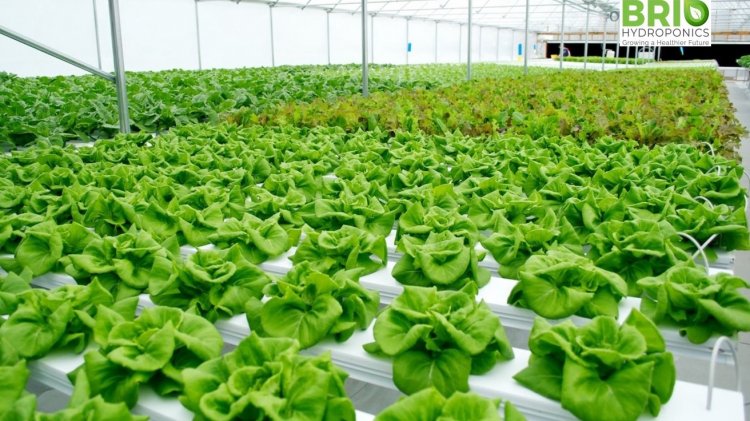
The world is facing a shortage of nutritious food even when more than half of the earth is used for agricultural purposes. The lack of fertile soil encourages illegal encroachment of vast forest lands. If we continue on this path, we will face scarcity of quality air, water and food as everything is interconnected. Hydroponic farming can be an answer to these problems.
Hydroponic farming is done without soil, and the required minerals and other nutrients are supplied through water. Aggregate Hydroponics is done using inert media like cocopeat in place of soil and is ideal for growing vine crops like cucumber, tomato, capsicum, chillies and French beans. As per the Hydroponic Greenhouse Farming report published by Entrepreneur India, the international hydroponics market will grow at a 6.7 per cent compound annual growth rate (CAGR) between 2017 and 2022. By 2022, it is estimated that the market value of hydroponic farming will grow to $31,436.7 million.
Being the leading exporter of fresh vegetables, India can utilize this opportunity to raise self-sustained systems to reduce dependence on traditional farming techniques. The entrepreneurs can set up vertical farms to satisfy the demand of cities. The reduced overheads in terms of transportation and storage make hydroponic projects economically viable.
Hydroponic farming also reduces carbon emissions, which is a big step towards sustainable farming. Besides, it makes farming more efficient by introducing futuristic techniques in farming.
Vertical farming is a set-up that facilitates farming in a smaller space. It allows you to start farming on the rooftops or open gardens wherever you find enough space. When vertical and hydroponic farming are combined, the result can be more effective and cost-effective. For example, hydroponic farming allows you to start farming in enclosed areas by providing artificial light. Therefore, the dependency on nature becomes almost negligible.
In Vertical Hydroponics, vertical space is used to create layers of farm space one upon another. Nutrients dissolved in water are supplied to the stacked layers from a tube that is connected to a reservoir.
A hydroponic pump is installed to water the plants at regular intervals. The nutrients are infused in the water directly after thorough research on the required nutrients and their proportions. It ensures optimal growth and improves the nutritional quality of the produce. You can also work with other modules such as zig-zag, rain tower module, etc., according to your space availability and other preferences.
Financial feasibility of hydroponic farming
The increase in agricultural productivity and availability of various space-saving designs makes hydroponic farming a feasible option financially. A hydroponic set-up is created inside a city or close to it. Therefore, overheads like transportation and storage are eliminated. Agritech companies can capitalize on it big time to increase the quality and supply of fresh vegetables and fruits.
A one-time investment is needed for setting up the infrastructure. However, startup funding agri institutions offer enough resources and funds to interested agritech companies and startups.
Those who are critical about hydroponics generally argue with statements such as the following: Hydroponics is not for those who aren’t financially strong. You need to be a technical expert to start a hydroponic project or garden. Constant monitoring of crops is required. The hydroponic setups done in closed spaces can be ruined by power outages.
Though some of these points are genuine, the critics aren't fully aware of the advanced techniques and measures hydroponics promoters are implementing to make it a feasible option for everyone. They have carried out in-depth research to increase the techno-economic feasibility in crop management through hydroponics. Their research addresses the following areas: (i) the raw materials required to start hydroponics; (ii) the kind of structures that can be developed for minimizing capital and maximizing productivity; (iii) a study of local markets to find the vegetables, fruits, and other agricultural produce preferred by the residents; (iv) the dimensions of Nutrient Film Technique (NFT) channels required for the hydroponics setup; (v) strength, durability and other aspects of materials used in setting the poly house; (vi) assistance to raise the required funds; (vii) guidance when it comes to crop selection; and (viii) the assistance of experts who are already experienced and gaining from their hydroponic projects.
Hydroponic farming is already trending internationally. In countries where snowfall, torrential rains, and other natural adversities exist, governments are rapidly promoting hydroponics. In India, the hydroponic industry is projected to expand at a CAGR of 13.53 per cent between 2020 and 2027. Also, the limitation of space and growing population in India makes vertical hydroponics a perfect solution here.
Hydroponics allows you to take a measured leap towards technically advanced, convenient, economically beneficial, and sustainable farming. You don’t have to incorporate all the possibilities in one go. You can take baby steps and find which of the futuristic techniques in farming suits you the best.
(Pravin Patel is the Founder of Brio Hydroponics.)











